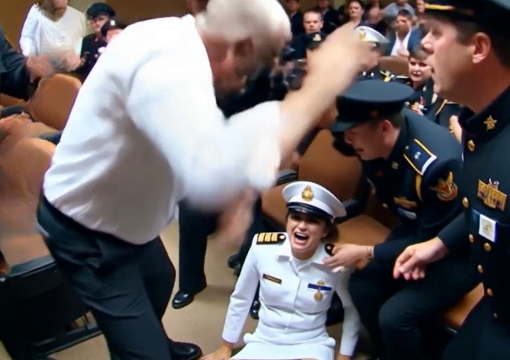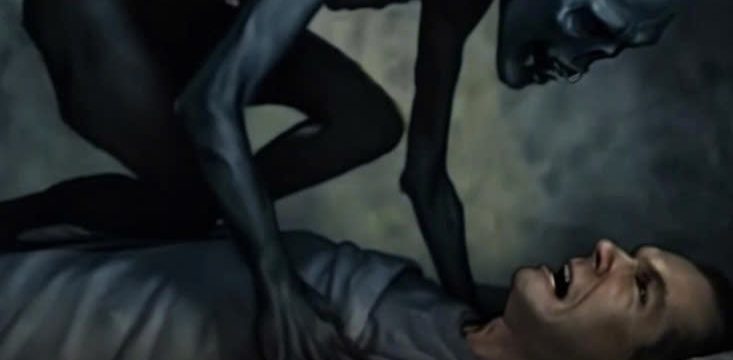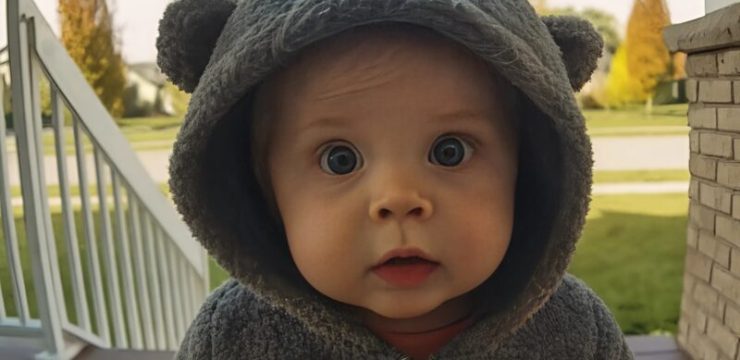In the realms of psychology and visual perception, there’s a captivating phenomenon where we see familiar patterns—particularly faces—in random objects or textures. This curious occurrence is known as pareidolia, and it’s perfectly illustrated in the image above. At first glance, the image seems to show an ordinary tile floor, but upon closer inspection, something more intriguing emerges—a faint face.

What is Pareidolia?
Pareidolia occurs when our brains interpret random stimuli, like shapes, patterns, or even sounds, as something meaningful—often as faces or figures. This is why we might see animals in clouds, faces in rock formations, or, as in this case, a visage appearing on a worn floor tile.
Our brains are naturally wired to recognize faces, a trait that evolved to help us identify friends, foes, and other beings from a distance. This facial recognition ability is so strong that even the slightest resemblance can prompt our brains to fill in the gaps, making us perceive faces where none actually exist.
The Tile Face: A Closer Look
In the image, the rough texture of the tile seems to outline a face, complete with eyes, a nose, and a mouth. The “eyes” could be darker spots, the “nose” a central smudge, and the “mouth” a faint curve. This ghostly face appears as if a hidden character is peering out, waiting to be noticed.
This instance of pareidolia transforms an otherwise ordinary object, like a floor tile, into something mysterious and artistic. For some, this face might evoke a sense of wonder or even a touch of eeriness, as if the inanimate world around us is coming to life in unexpected ways.
Why Do We See Faces?
Seeing faces in inanimate objects is more common than you might think, and it’s not limited to tiles or wall patterns. This tendency is rooted in our evolutionary need for social connection and survival. Early humans relied on quickly identifying faces to recognize allies and detect threats. Over time, our brains became highly skilled at picking up even the faintest facial cues—sometimes to the point of over-interpreting.
Scientists suggest that this ability to see faces likely played a crucial role in reading emotions, understanding social interactions, and even in the creation of art. It highlights our brain’s incredible capacity to find meaning in the world, even when that meaning exists only in our minds.
The Artistic Side of Pareidolia
Beyond its scientific basis, pareidolia also has an artistic side. Many artists have been inspired by the hidden images they find in the world around them. This form of art encourages viewers to look beyond the obvious and discover beauty in the unexpected.
The face on the tile in the image could be considered a natural work of art—an accidental masterpiece shaped by time, wear, and our imagination. It serves as a reminder that art can be found anywhere, even in the most mundane places, if we take a moment to truly see it.The next time you’re walking across a tiled floor, staring up at a cloud-filled sky, or gazing at a textured wall, take a closer look. You might just find a face staring back at you. Pareidolia is more than just a mind trick; it reveals how our brains interpret the world and find wonder in the ordinary. Whether it’s a face on a tile or a figure in the shadows, these moments of recognition are small reminders of the hidden magic in everyday life.





